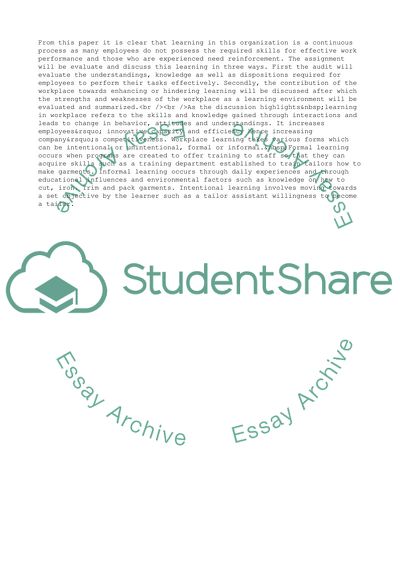Cite this document
(“Audit of a Workplace as a Learning Environment Essay”, n.d.)
Audit of a Workplace as a Learning Environment Essay. Retrieved from https://studentshare.org/management/1564904-audit-of-a-workplace-as-a-learning-environment
Audit of a Workplace as a Learning Environment Essay. Retrieved from https://studentshare.org/management/1564904-audit-of-a-workplace-as-a-learning-environment
(Audit of a Workplace As a Learning Environment Essay)
Audit of a Workplace As a Learning Environment Essay. https://studentshare.org/management/1564904-audit-of-a-workplace-as-a-learning-environment.
Audit of a Workplace As a Learning Environment Essay. https://studentshare.org/management/1564904-audit-of-a-workplace-as-a-learning-environment.
“Audit of a Workplace As a Learning Environment Essay”, n.d. https://studentshare.org/management/1564904-audit-of-a-workplace-as-a-learning-environment.


